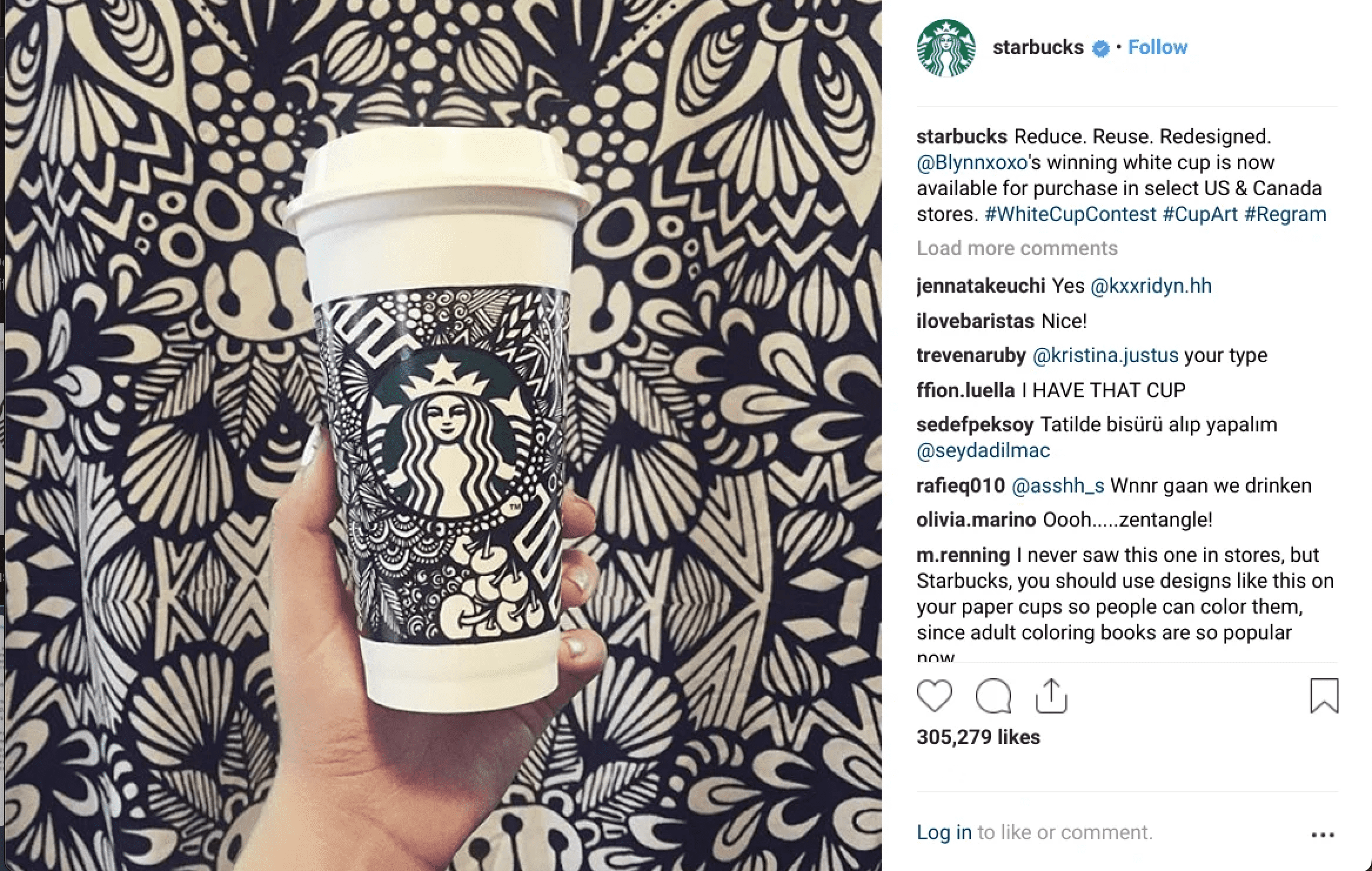
How Video Marketing Analytics Drives Performance and ROI
Video has emerged as an undisputed powerhouse in digital marketing. It captures attention, builds connections, and consistently delivers higher ROI than many traditional channels. But simply creating videos isn’t enough. The difference between a video that gets views and a video that drives business lies in one thing: video marketing analytics.
Ignoring your video data is like a ship captain navigating in the dark. Analytics provide the data needed to optimize your content, boost engagement, and prove the true return on your investment. 93% of marketers say video marketing has given them a good ROI.
So, what are the most important metrics to track? And how do you use them to transform your video strategy?
Key Metrics That Matter for Business Growth
To move beyond vanity metrics like “total views,” you need to focus on data that tells you what your audience is doing and whether your video is working (sprinklr, 2025).
- Engagement Rate & Watch Time: These metrics are far more important than a raw view count. A video with 1,000 views and a high watch time is more valuable than one with 10,000 views and a low watch time. Platforms like YouTube and TikTok favor content with higher watch time, boosting its visibility in search results and feeds.
- Click-Through Rate (CTR): This metric measures how effectively your video compels viewers to take a specific action, such as visiting your website or signing up for a newsletter. A high CTR indicates that your call-to-action (CTA) is clear, persuasive, and well-timed.
- Conversion Rate & ROI: These are the ultimate business-oriented metrics. Your conversion rate tracks how many viewers complete a desired action, like making a purchase or filling out a form. Calculating the ROI of your video campaign tells you whether the investment in production, promotion, and distribution is truly paying off.
- Completion Rate & Retention Curves: This is where you gain deep insight into your content. The completion rate tells you what percentage of viewers watch your video all the way through. Retention curves, which show you where viewers drop off, are even more powerful. A steep drop-off early in the video may mean the intro isn’t engaging enough, while a gradual decline might point to pacing issues.
How to Use Analytics to Enhance Your Video Strategy
Data is only useful if you know how to act on it. By leveraging video analytics, you can transform your content creation from a creative gamble into a strategic engine that scales results.
1. Refine Your Content
Your analytics dashboard is a treasure trove of information about what your audience likes. Discover which topics, formats, and edits are keeping viewers engaged. If your audience consistently watches your long-form interview series but drops off quickly from your short-form explainers, you know where to focus your resources. A/B test different video lengths, editing styles, or even background music to see what resonates best.
Learn More About:
2. Tailor Your Messaging
Use demographic data to personalize your videos. If your analytics show that your primary viewers are 35-44 year-old professionals, your messaging should be tailored to their specific pain points and goals. Understanding your audience’s viewing behavior—for example, where they live or what devices they use—allows you to create content that feels personally relevant to them.
3. Improve Your Optimization
Test different CTAs, thumbnails, and opening shots. If you have two different video thumbnails, you can use analytics to see which one drives a higher CTR. If you notice a high drop-off right after your opening shot, consider re-editing your video to get straight to the point. Every piece of data gives you a chance to make small, incremental improvements that can have a massive impact on your results.
Final Thoughts
Video marketing without analytics is a shot in the dark. It’s a costly gamble that leaves you with no real way to measure success or learn from your efforts. But when you measure the right metrics—from watch time and engagement to conversions and ROI—you gain the clarity, impact, and evidence-backed results you need to grow your business.
By leveraging video analytics, you transform content creation from a creative act into a strategic engine that informs, converts, and scales results.
Ready to take your video strategy from guesswork to greatness? Contact us today for a free consultation to learn how we can help you with a data-driven approach.
Read More On:



































